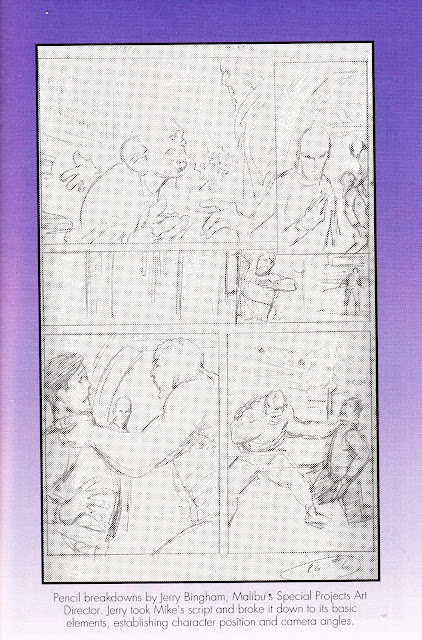From March 1993: The RADIO TIMES 1993 YEARBOOK, published by Ravette and BBC Magazines.
This hardback passed me by entirely at the time, suggesting that either I wasn't very observent or the book trade didn't exactly go wild for this highbrow review of the previous year. TV QUICK this ain't.
I stumbled across a copy in a secondhand book store in Manchester and, because media history is my thing, decided to give it a punt.
The RT was, of course, the programme journal of the BBC, first published in 1923. It was owned by the Corporation through to 2011 when magazine publishing was deemed no longer core to what the BBC was about. Its now owned by Immediate Media.
This book appeared at a time of great change, and unpreecidented competition, in the sector. Prior to 1991, broadcasters had a monopoly on their own schedules which made their in-house listings operations cash cows. ITV, through its Independent Television Publications subsidery, had TV TIMES and LOOK-IN. Readers who cared enough to plan their week's viewing ahead were forced to double-dip, and then compare the two mags, to figure out their route to midnight.
And, of course, buying both and plotting the Christmas fortnight (and the crushing disappointment when realising two must-see, by different family generations, movies were going to clash in those pre-VHS days) was an annual tradition.
The government broke that monopoly in 1991, making listings available to all. Murdoch already had a British version (albeit a magazine rather than a digest) of TV GUIDE on standby (although it oddly squandered the opportunity and became a puff piece for Sky TV) and numerous other titles flooded in. Creating a price war and several early casualties.
ITV, spotting the writing was potentially on the wall and about to face a highly unpredictable franchise round, sold the TV TIMES family of titles to IPC.
As the rest of the industry dashed down market, the RT took a different tack and decided to be the TV listings mag for the classier conosaur of the small screen. It was still populist but aimed at a more highbrow audience, justifying the higher cover price (with editorial investment to match) and offering a different readership to advertisers willing to pay a premium to flog their wares to more affluent readers.
A quick bit of Googling suggests this was the one-and-only RADIO TIMES YEARBOOK published.








































